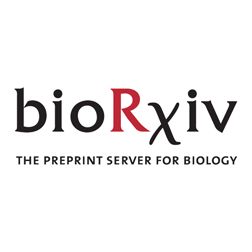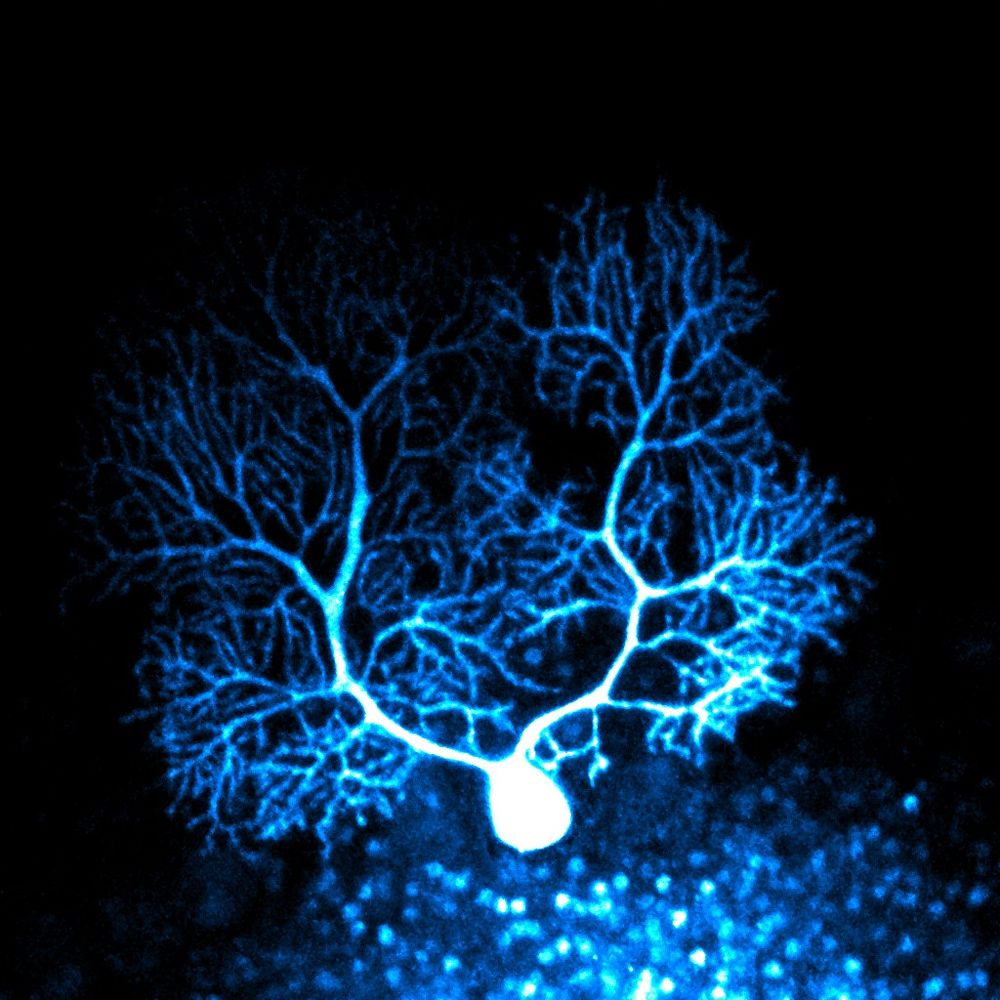
Neurobiology PhD | UChicago
Works on: Dendrites, cerebellar circuits, comparative anatomy, fruit fly learning+memory
Dabbles in: Science art, philosophy, poetry, plants
www.biorxiv.org/content/10.1...
Very cool if this holds, a really important finding!
I've said it before and I'll say it again: plasticity in the brain is less "local" than most people think.
🧠📈 🧪

www.biorxiv.org/content/10.1...
Very cool if this holds, a really important finding!
I've said it before and I'll say it again: plasticity in the brain is less "local" than most people think.
🧠📈 🧪
elifesciences.org/articles/105...

elifesciences.org/articles/105...

This cell was loaded with dye during whole cell patch clamp in sliced mouse tissue, and oops, some dye spilled out on the granule cells below during the approach...

This cell was loaded with dye during whole cell patch clamp in sliced mouse tissue, and oops, some dye spilled out on the granule cells below during the approach...

